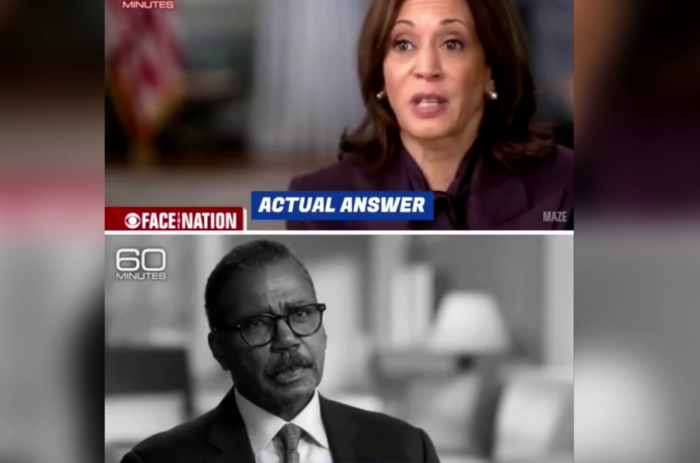redo Jump to...
print Print...
Example of Media Bias:
As the 2008 presidential campaign season gets underway, wide-open primary races in both the Republican and Democratic parties are competing for the media’s attention. So are the broadcast networks covering both sides equally, or are they tilting the campaign playing field in favor of liberal Democratic candidates?
To find out, Media Research Center analysts reviewed all 517 campaign segments on ABC’s Good Morning America, CBS’s The Early Show and NBC’s Today from January 1 through July 31. Those three broadcast morning shows draw nine times the audience of their cable news competitors, and are geared toward everyday voters, not political junkies. These programs are therefore a prime battleground in each campaign’s quest for positive media attention.
The results are astonishing: Not only are the network morning shows overwhelmingly focused on Democrats, they are actively promoting the Democrats’ liberal agenda.
Among the major findings:
- (#1) The networks offered nearly twice as much coverage of the Democrats. More than half of all campaign segments (284, or 55%) focused on the Democratic contest, compared with just 152 (29%) devoted to the Republicans. The remaining stories either offered roughly equal discussion of both parties or did not focus on the major parties.
- (#2) All three Democratic frontrunners received more attention than any of the top Republican candidates, with New York Senator Hillary Clinton receiving the most coverage of all.
- (#3) Undeclared liberal candidates such as former Vice President Al Gore and New York City Mayor Michael Bloomberg received more network TV attention than many of the declared Republican candidates.
- (#4) The network morning shows doled out nearly three times as much airtime (4 hours, 35 minutes) to interviews with the various Democratic campaigns. In contrast, the Republicans received just 1 hour and 44 minutes of interview airtime.
- (#5) In their interviews with the candidates, the network hosts emphasized a liberal agenda. Of the substantive questions that could be categorized as reflecting a political agenda, more than two-thirds (69%) of the questions to Democrats reflected a liberal premise, and more than four-fifths (82%) of the questions to Republicans came from the same perspective.
- (#6) The top Democratic candidates received much more favorable coverage than their GOP counterparts, with Senator Clinton cast as “unbeatable” and Illinois Senator Barack Obama tagged as a “rock star.” The most prominent Republican, Arizona Senator John McCain, was portrayed as a loser because of his support for staying the course in Iraq.
- (#7) Not once did network reporters describe Senator Clinton and former North Carolina Senator John Edwards as “liberal,” while ABC only once labeled Obama as “liberal.” Yet the networks showed no hesitation in attaching the “liberal” label to Republican frontrunner Rudy Giuliani, who was so branded 12 times.
These early returns suggest that ABC, CBS and NBC are skewing their news in ways that will benefit the Democratic candidates in 2008. The broadcast networks have a responsibility to cover both parties in a fair and even-handed manner – not for the sake of the candidates, but for the voters. That means giving viewers a chance to hear from all of the major candidates in interviews, asking them similar questions, and balancing the day-to-day news coverage to keep both Democratic and Republican primary voters equally well-informed.
Go to MediaResearch.org for the original posting.
To accurately identify different types of bias, you should be aware of the issues of the day, and the liberal and conservative perspectives on each issue.
Types of Media Bias:Questions
1. In response to the Media Research Center’s special report, network news executives rejected any suggestion of bias, and said they have a considerably harder time getting Republican candidates to appear on their shows. They did not address the other findings in the report (listed in the bullet points below). Do you think the Media Research Center’s report is a fair assessment of the ABC, CBS and NBC Morning Show’s asserted bias? Explain your answer.
2. For each bullet point, write the type of bias which is displayed.
Scroll down to the bottom of the page for the answers.
Answers
1. Opinion question. Answers vary.
ANSWERS to Question #2:
Bullet point #1 – bias by story selection
Bullet point #2 – bias by story selection
Bullet point #3 – bias by story selection
Bullet point #4 – bias by story selection
Bullet point #5 – bias by omission and spin
Bullet point #6 – bias by spin
Bullet point #7 – bias by labeling



